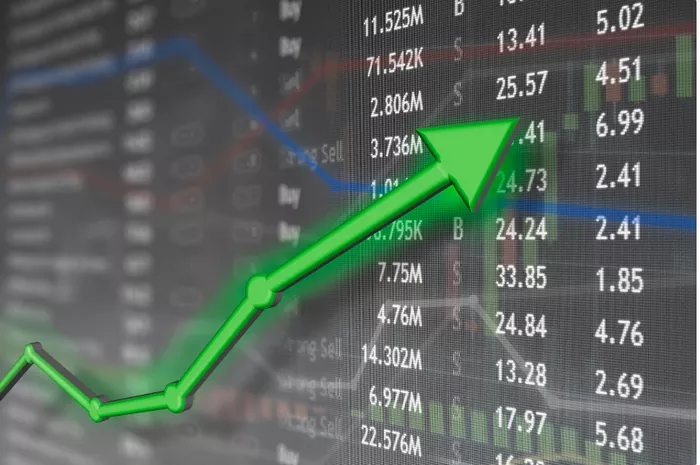Futures options are derivative contracts that grant the holder the right, but not the obligation, to buy or sell a futures contract at a predetermined price (strike price) on or before the expiration date. Like all options, futures options are subject to the effects of time decay, a phenomenon that can impact their value over time. In this article, we delve into the intricacies of options decay in futures trading, exploring its causes, implications, and strategies for managing it effectively.
The Basics of Options Decay
Options decay, also known as time decay or theta decay, refers to the gradual erosion of an option’s value as time passes, assuming all other factors remain constant. This phenomenon is a fundamental aspect of options pricing and plays a significant role in determining the profitability of options strategies.
At the heart of options decay is the concept of extrinsic value, also known as time value. Extrinsic value represents the portion of an option’s price that exceeds its intrinsic value, which is the difference between the option’s strike price and the current market price of the underlying asset. Extrinsic value reflects factors such as time to expiration, volatility, and interest rates.
As an option approaches its expiration date, its extrinsic value diminishes, leading to a decrease in the option’s overall value. This erosion of value over time is captured by the option’s theta, a measure of how much the option’s price is expected to decline with the passage of one day, all else being equal.
Factors Influencing Options Decay in Futures Trading
Several factors contribute to options decay in futures trading, including:
1. Time to Expiration
Options decay accelerates as the expiration date approaches, with the rate of decay increasing exponentially in the final weeks and days before expiration. This phenomenon is known as time decay acceleration and is particularly pronounced for at-the-money and out-of-the-money options.
2. Volatility
Volatility plays a crucial role in options pricing, with higher volatility leading to higher option premiums. However, volatility also affects options decay, as it influences the probability of the underlying asset reaching the option’s strike price by expiration. Higher volatility can mitigate the effects of time decay, while lower volatility can exacerbate them.
3. Interest Rates
Interest rates impact options pricing through their effect on the present value of future cash flows. Higher interest rates tend to increase options premiums, which can mitigate the effects of time decay, while lower interest rates can exacerbate them.
4. Market Conditions
Market conditions, such as supply and demand dynamics, macroeconomic factors, and geopolitical events, can also influence options decay. Changes in market sentiment and investor behavior can affect volatility levels and, consequently, options pricing and decay.
Strategies for Managing Options Decay in Futures Trading
Managing options decay is essential for options traders seeking to maximize profits and minimize losses. Several strategies can help mitigate the effects of time decay and optimize the risk-reward profile of options positions:
1. Use of Longer-Term Options
One strategy for mitigating options decay is to use longer-term options with extended expiration dates. Longer-dated options have slower rates of decay compared to shorter-dated options, giving traders more time for their positions to be profitable. However, longer-dated options tend to have higher premiums, so traders must weigh the potential benefits against the increased cost.
2. Position Sizing and Diversification
Effective position sizing and diversification can help mitigate the impact of options decay on a trader’s overall portfolio. By spreading investments across multiple options positions and underlying assets, traders can reduce their exposure to any single position and smooth out the effects of time decay.
3. Implementing Spread Strategies
Spread strategies, such as vertical spreads, calendar spreads, and diagonal spreads, involve simultaneously buying and selling options with different strike prices and expiration dates. These strategies can help offset the effects of time decay by leveraging differences in extrinsic value between options contracts.
Vertical Spreads: Involve buying and selling options with the same expiration date but different strike prices. This strategy profits from the narrowing or widening of the price difference between the two options.
Calendar Spreads: Involve buying and selling options with the same strike price but different expiration dates. This strategy profits from changes in the rate of time decay between the near-term and longer-term options.
Diagonal Spreads: Combine elements of vertical and calendar spreads by using options with different strike prices and expiration dates. This strategy can benefit from changes in both volatility and time decay.
4. Dynamic Hedging Strategies
Dynamic hedging strategies involve continuously adjusting options positions in response to changes in market conditions, volatility levels, and other factors. By actively managing their positions, traders can adapt to evolving market dynamics and mitigate the effects of options decay.
Conclusion
Options decay is a fundamental aspect of options pricing and plays a significant role in determining the profitability of options strategies in futures trading. Understanding the causes and implications of options decay is essential for options traders seeking to optimize their trading strategies and achieve their financial objectives.
While options decay can erode the value of options positions over time, traders can mitigate its effects through strategic use of longer-term options, effective position sizing and diversification, implementation of spread strategies, and dynamic hedging techniques. By incorporating these strategies into their trading approach, options traders can navigate the complexities of options decay and capitalize on opportunities in the futures markets.
In summary, options decay is a natural phenomenon that all options traders must contend with. By understanding its drivers and employing effective risk management and trading strategies, traders can harness the power of options to enhance their returns and achieve their trading goals in the dynamic and ever-evolving world of futures trading.


